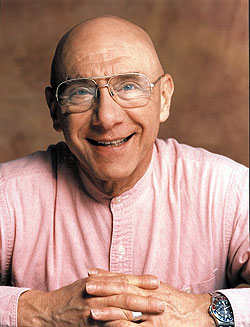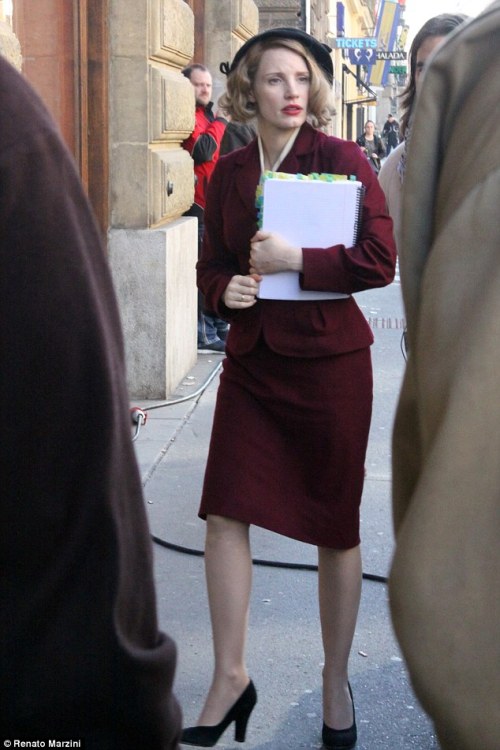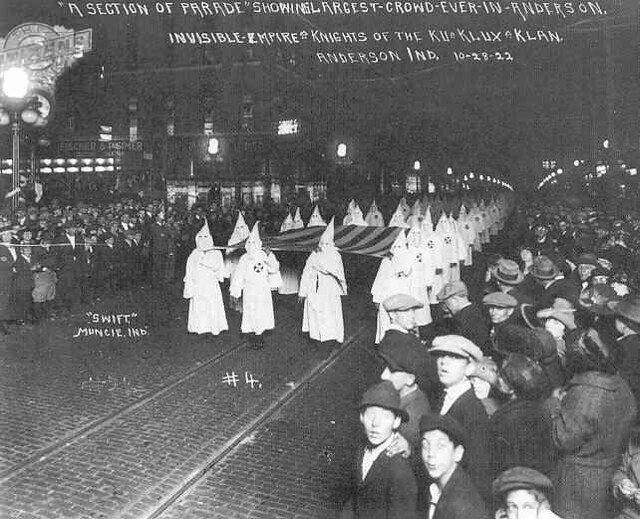BOOK DESCRIPTION
Dr.
Bernie Siegel has long observed how relationships with animals have helped his
patients, alleviating their suffering and heartbreak. Now, he’s gathered many
inspiring true stories, including delightful tales from the “Siegel Family Zoo”
where “squawks, purrs, chirrups, squeaks, barks, and so on” fill the house.
Other stories reveal animals as teachers and messengers, doctors and nurses,
healers and miracle workers, and often as guileless clowns. Bernie writes that
animals are here to show us how to be nonjudgmental and live better, healthier
lives. Let these stories teach you, and apply their lessons to your daily life.
If you have an animal, an appreciation for the inspirational, or simply the
need for a smile, you’ll treasure this celebration of animals as a source of love,
wisdom, and miracles.
A portion of the publisher’s proceeds from this book will aid Ark Angel Society.
A portion of the publisher’s proceeds from this book will aid Ark Angel Society.
AUTHOR DESCRIPTION
Retired
surgeon Bernie S. Siegel speaks, writes, and runs support
groups in his effort to empower patients. His books include Love, Medicine & Miracles and 365
Prescriptions for the Soul. He lives in Woodbridge, Connecticut. Freelance
writer and editor Cynthia J.
Hurn cowrote No Buddy Left Behind with Terry Crisp and The Art of Healing with Bernie S. Siegel. She lives in
Somerset, England.
MY THOUGHTS
I
am more than a little biased for “Love, Animals and Miracles,” because I was
one of the contributors. The story of my Basset Hound, Gracie, and how she came
to us was included in this anthology. Grace’s story is one of many; how with
her big heart and unconditional love, she worked a miracle in all of us. I
believe that one of the stories in Dr. Siegel’s book will touch your heart and
maybe inspire you to open your life to the love of an animal. It will be one of
the greatest loves you’ll ever know.








